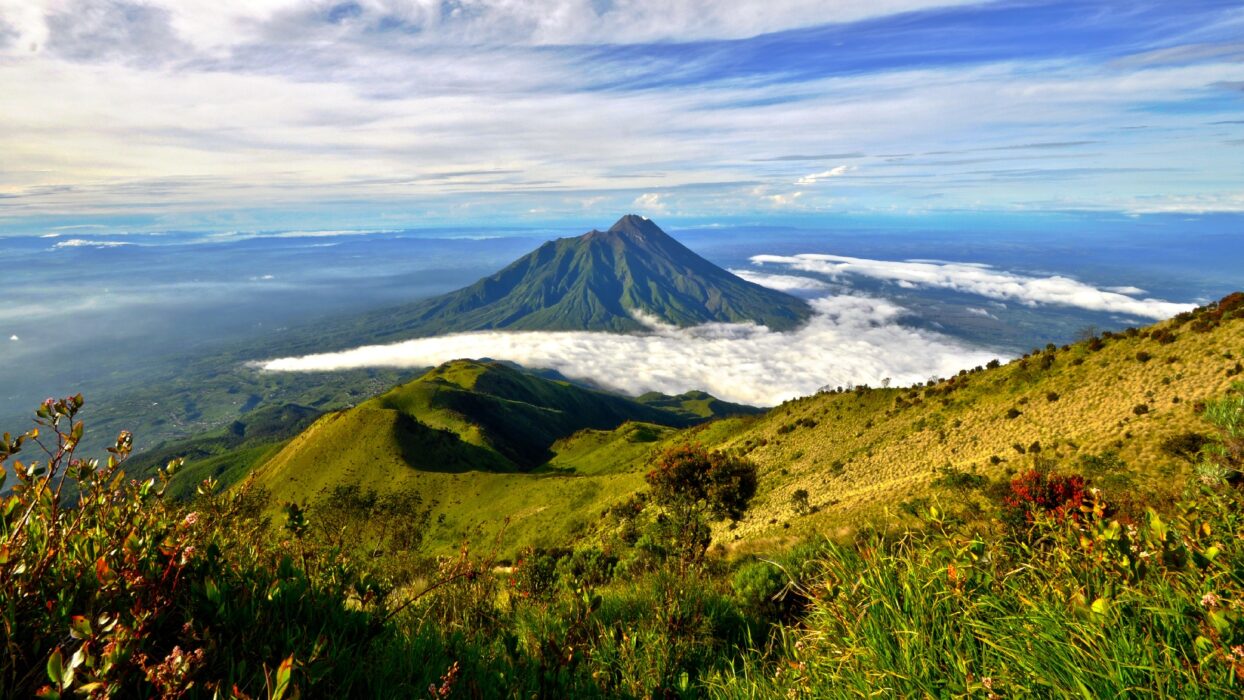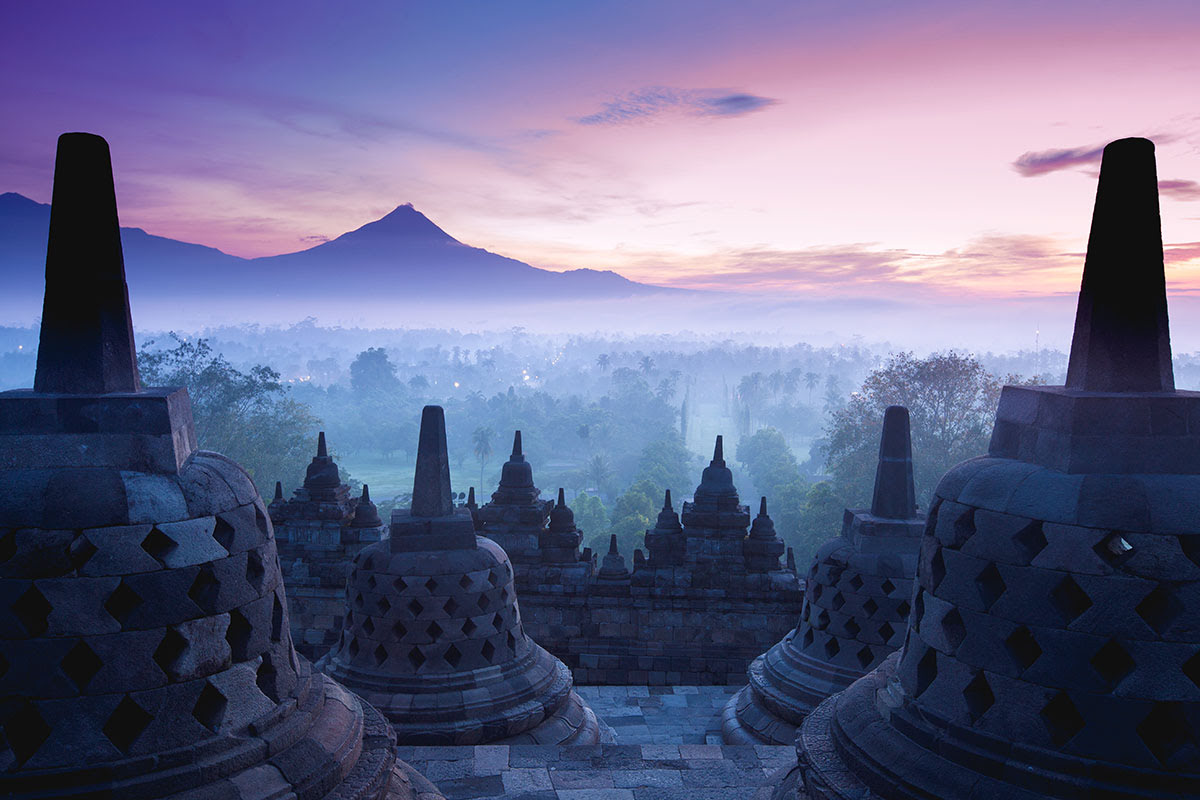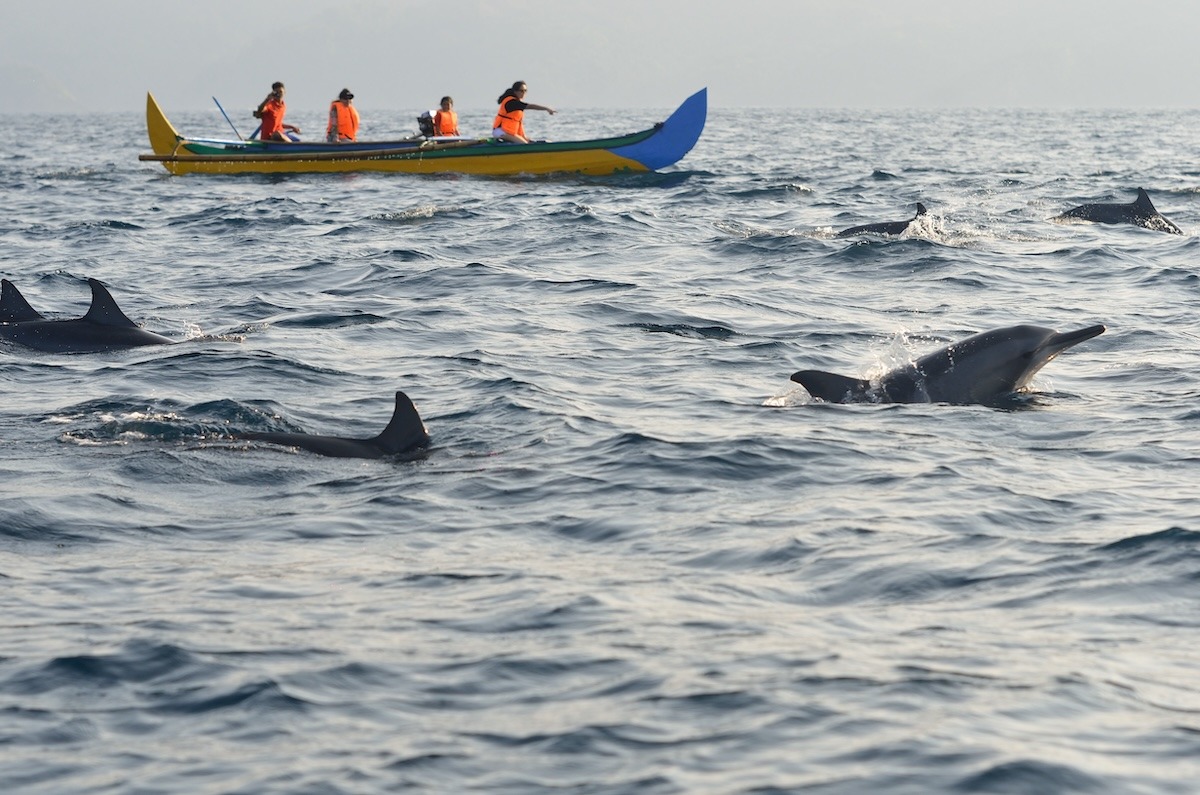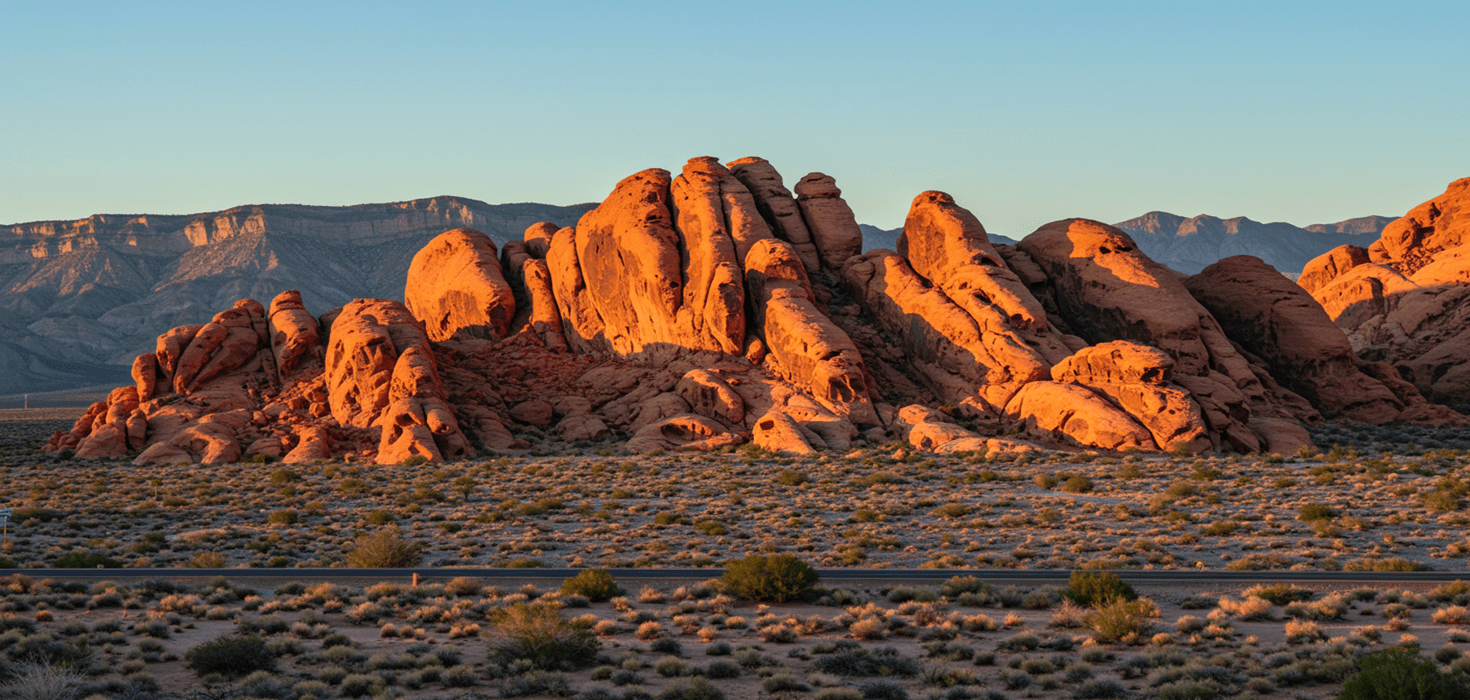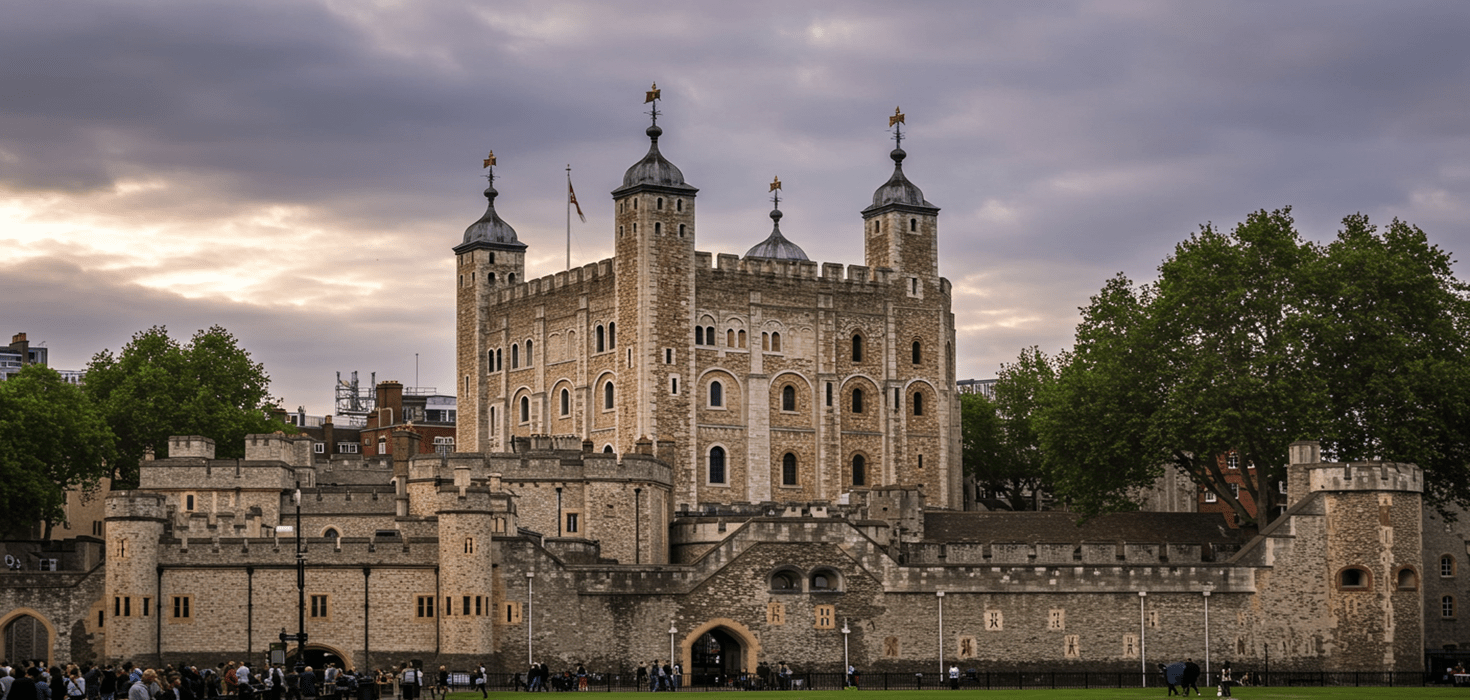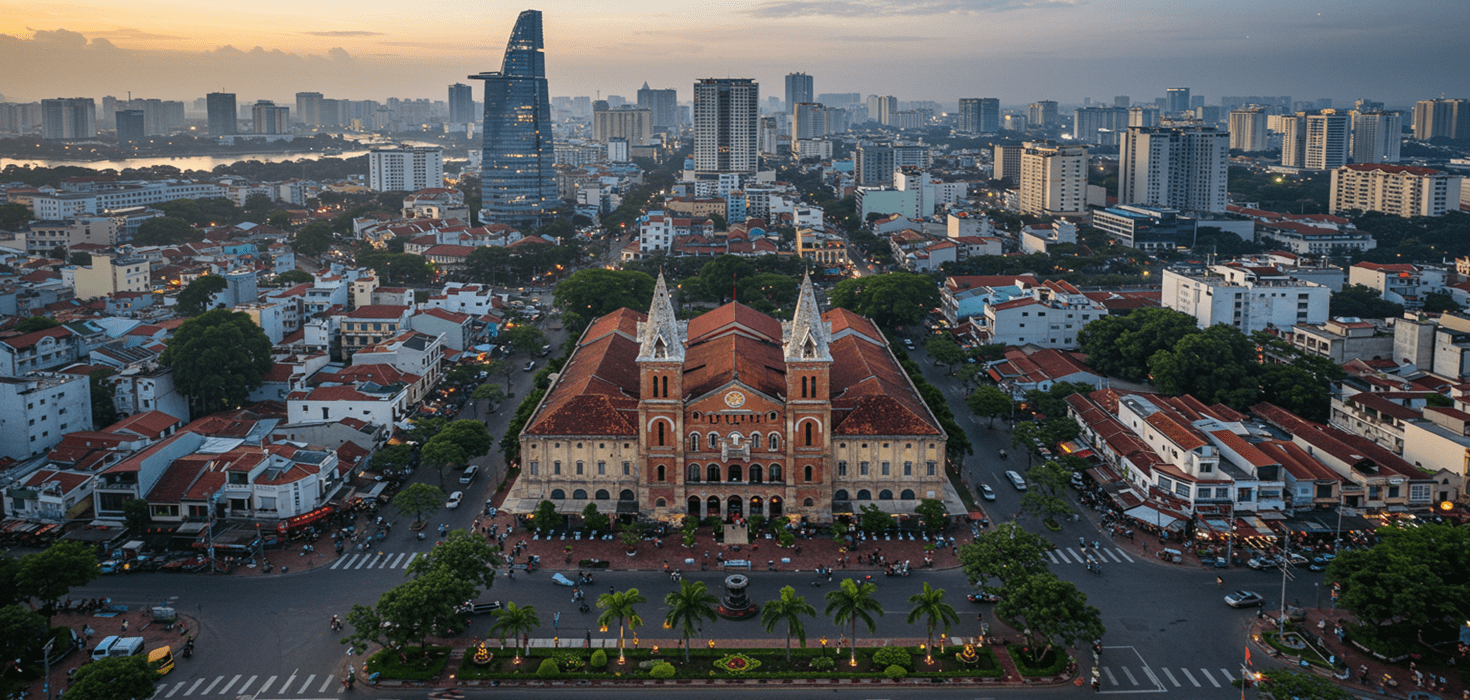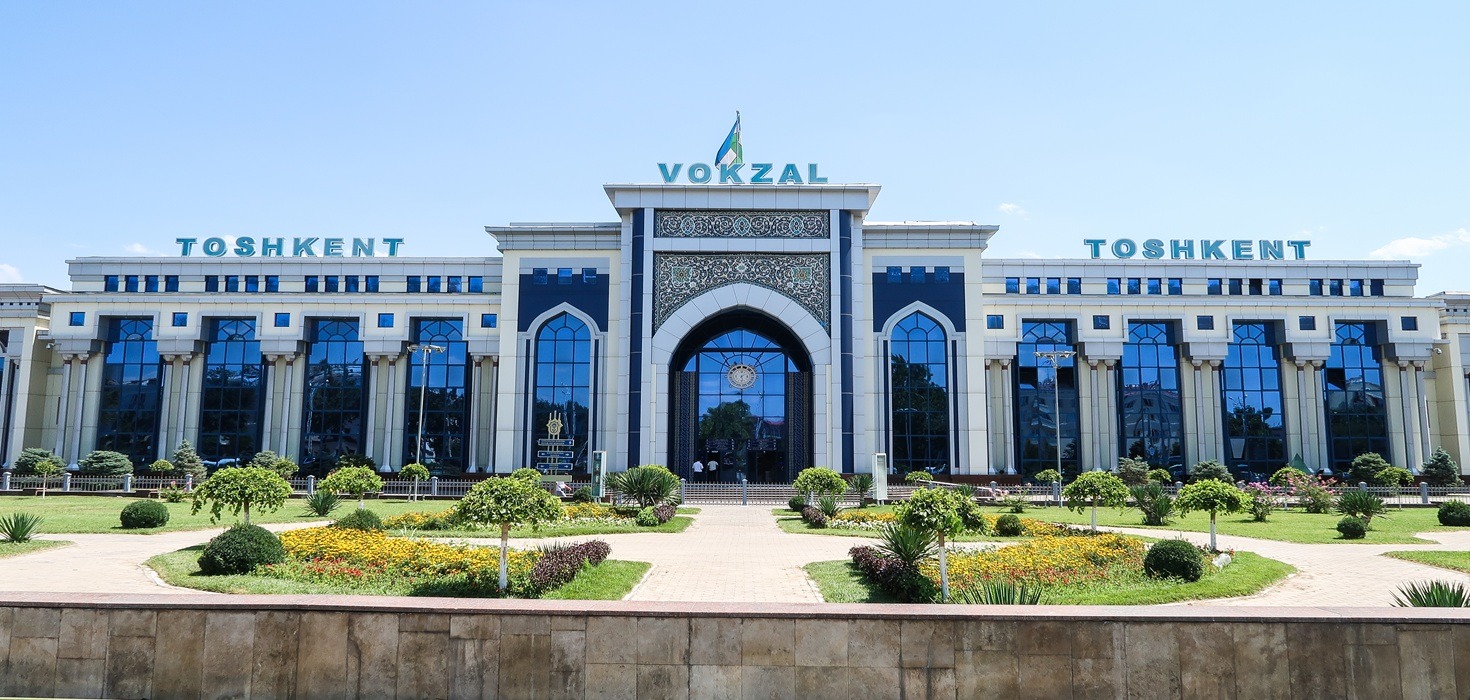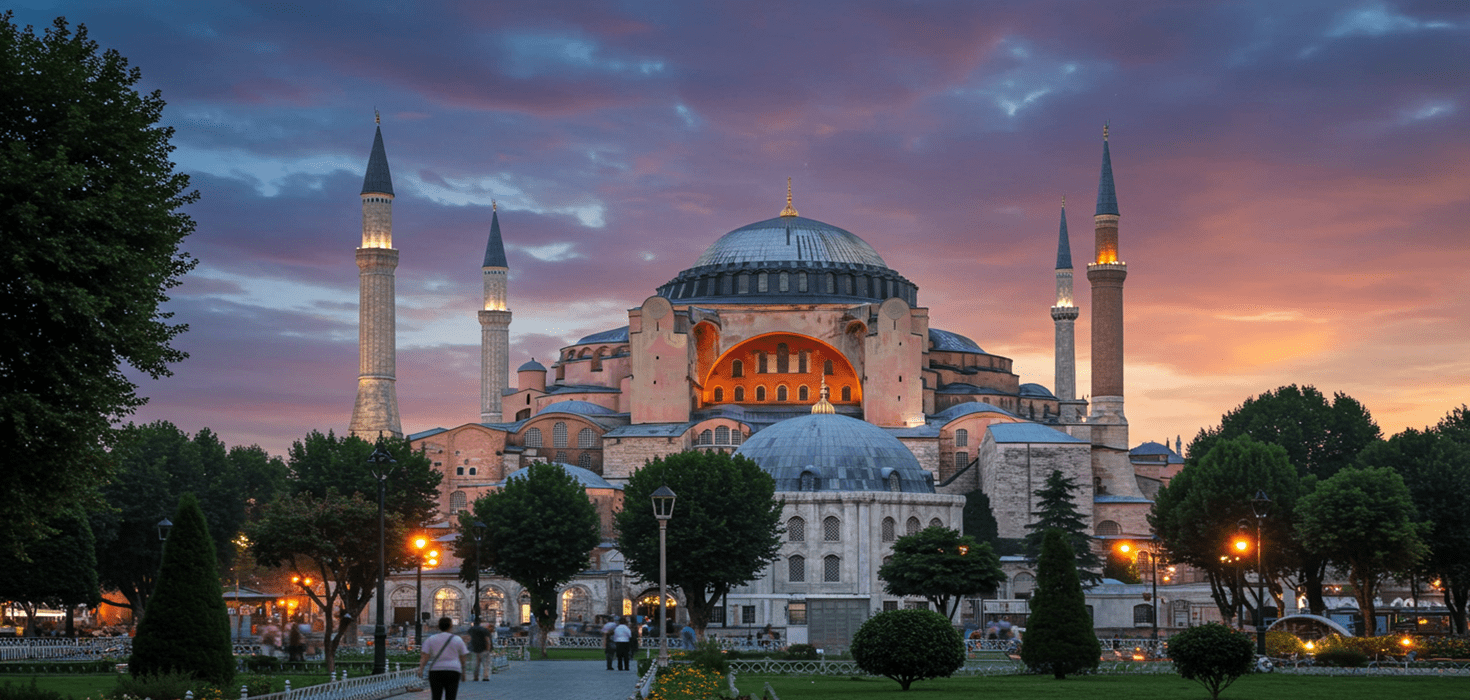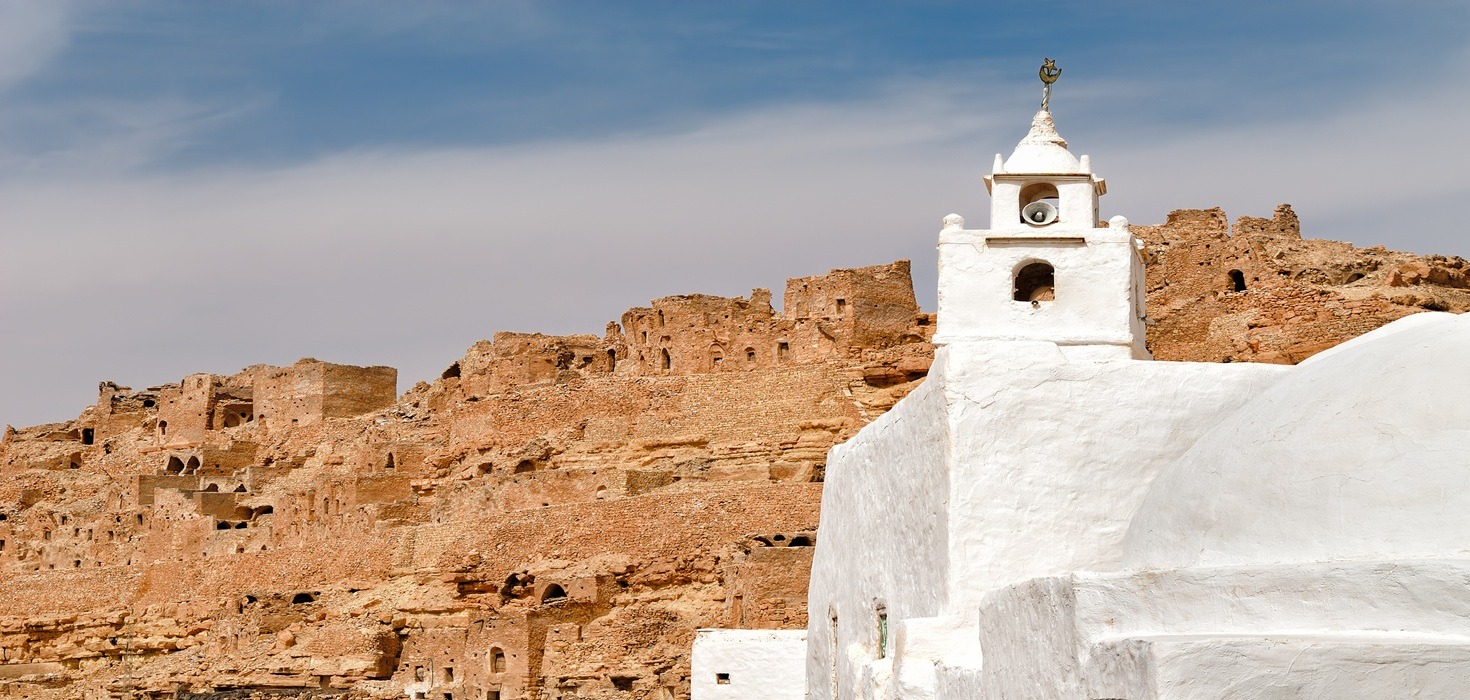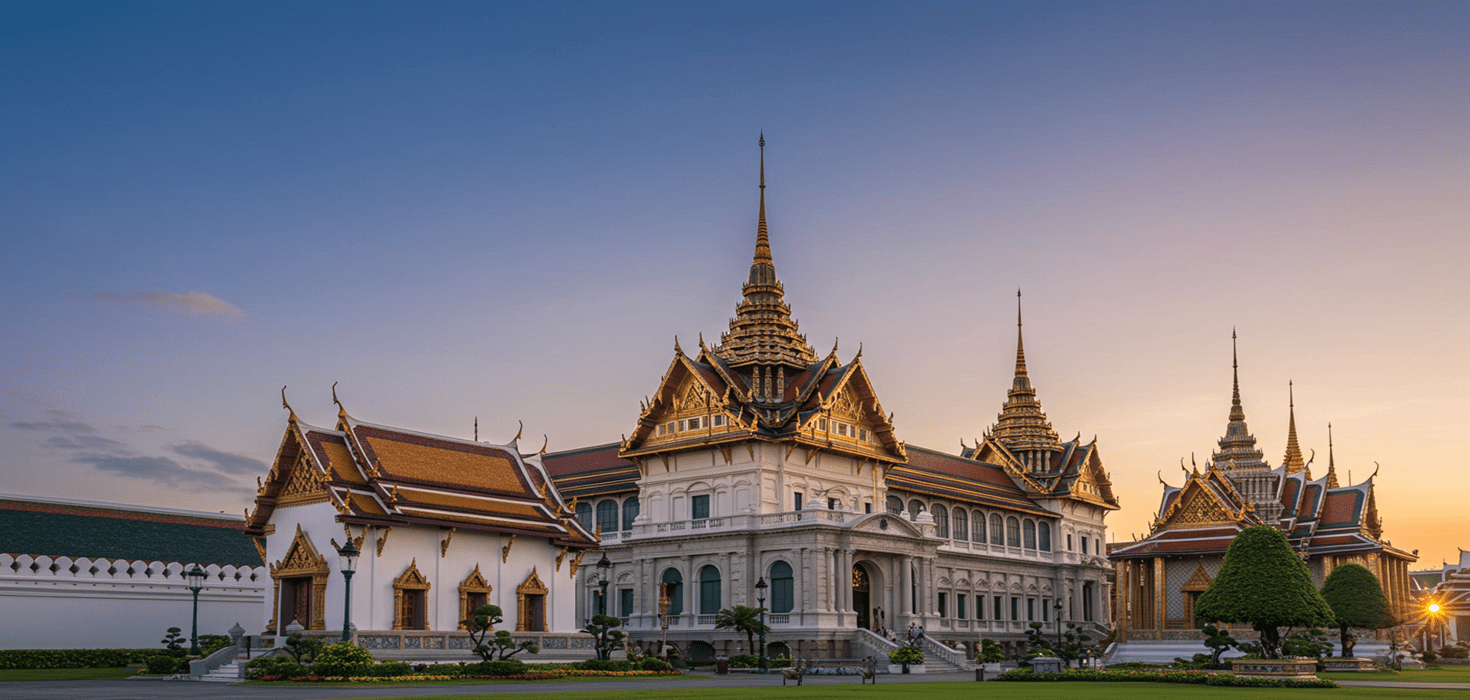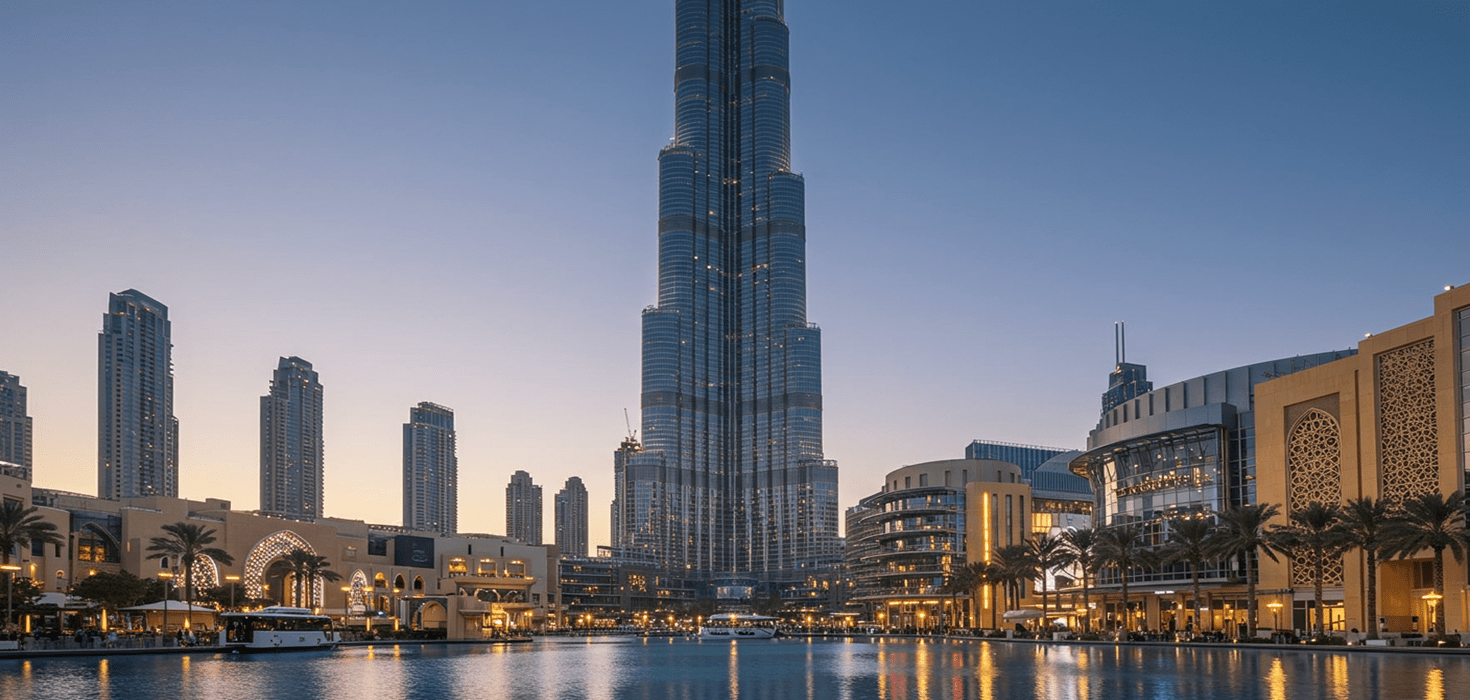When planning a trip to Indonesia, timing is everything. This sprawling archipelago offers diverse landscapes and climates that vary significantly from one region to another. Whether you’re looking to bask in the sun on Bali’s pristine beaches, explore Jakarta’s bustling cityscape, or trek through Sumatra’s lush rainforests, understanding the seasons can enhance your travel experience. So, when is the best time to visit Indonesia? Let’s dive in and find out.
Understanding Indonesia’s Climate
Indonesia is known for its tropical climate, characterized by two distinct seasons: the dry season and the wet season. Spanning over 17,000 islands, the nation’s weather patterns can be complex, making it essential to know how these seasons impact your travel plans.
The Dry Season (April to October)
The dry season, which typically lasts from April to September, is considered the best time to visit Indonesia. During these months, the weather is generally sunny, with lower humidity levels and minimal rainfall. This period is perfect for beach lovers and outdoor enthusiasts, offering ideal conditions for snorkeling, hiking, and island-hopping.
The Wet Season (November to March)
The wet season, which runs from November to March, brings higher humidity levels and frequent rainfall. While some regions may experience heavy downpours, the rain often comes in short bursts, leaving plenty of time for exploration. This season also means fewer tourists and lower accommodation prices, making it an attractive option for budget travelers.
Regional Weather Variations
Indonesia’s diverse geography means that different regions experience distinct climate patterns. Here’s a closer look at the best times to visit some of Indonesia’s most popular destinations:
Bali
Bali enjoys a tropical monsoon climate, with the best weather occurring during the dry season from April to September. The island is famous for its vibrant culture, stunning beaches, and lush rice terraces. The dry season is perfect for surfing, visiting temples, and exploring the island’s natural beauty.
Jakarta
Jakarta, Indonesia’s bustling capital, has a tropical rainforest climate, with high temperatures and humidity year-round. The dry season from June to September offers a slight respite from the intense humidity, making it a good time to explore the city’s landmarks, markets, and nightlife.
Sumatra
Sumatra’s climate varies significantly due to its large size and diverse topography. The island experiences heavy rainfall during the wet season from October to March, while the dry season from April to the end of September is ideal for visiting national parks and exploring its rich biodiversity.
Seasonal Activities and Festivals
Indonesia’s diverse climate allows for a variety of activities and festivals year-round. Here are some highlights:
Dry Season Activities
- Beach Hopping: Explore Indonesia’s world-famous beaches in Bali, Lombok, and the Gili Islands.
- Diving and Snorkeling: Discover the vibrant marine life in Raja Ampat, Komodo National Park, and Bunaken.
- Hiking and Trekking: Take on the challenging treks up Mount Rinjani in Lombok or Mount Bromo in East Java.
- Surfing: Experience some of the best waves in the world in Bali and Sumatra.
Wet Season Activities
- Cultural Exploration: Visit Java’s ancient temples, such as Borobudur and Prambanan, and explore Ubud’s vibrant art scene.
- Wildlife Watching: Head to Sumatra or Kalimantan to see orangutans in their natural habitats.
- Culinary Delights: Savor the diverse culinary offerings in Indonesia’s vibrant food markets and restaurants.
- Festival Participation: Join in the festivities of celebrations like Nyepi in Bali or the Java Jazz Festival in Jakarta.
Personal Traveler Stories
Past travelers have shared their experiences visiting Indonesia during different seasons. Here are a few testimonials:
John from Australia – “Visiting Bali in July was a dream come true. The weather was perfect for beach activities, and we enjoyed our trip to the fullest without any disruptions from rain.”
Maria from Spain – “We visited Java and Sumatra in February. Despite the occasional rain, it was a fantastic experience. The fewer crowds and lush green landscapes were worth it. Plus, we got great deals on accommodations!”
In conclusion, Indonesia’s diverse regions offer different experiences depending on the season. To make the most of your trip, match your travel plans with the best times for each destination—whether enjoying Bali’s beaches in the dry season, exploring Jakarta’s cityscape, or trekking Sumatra’s rainforests during drier months. By aligning your visit with the ideal season, you’ll enhance your experience and fully appreciate Indonesia’s unique beauty and culture.

